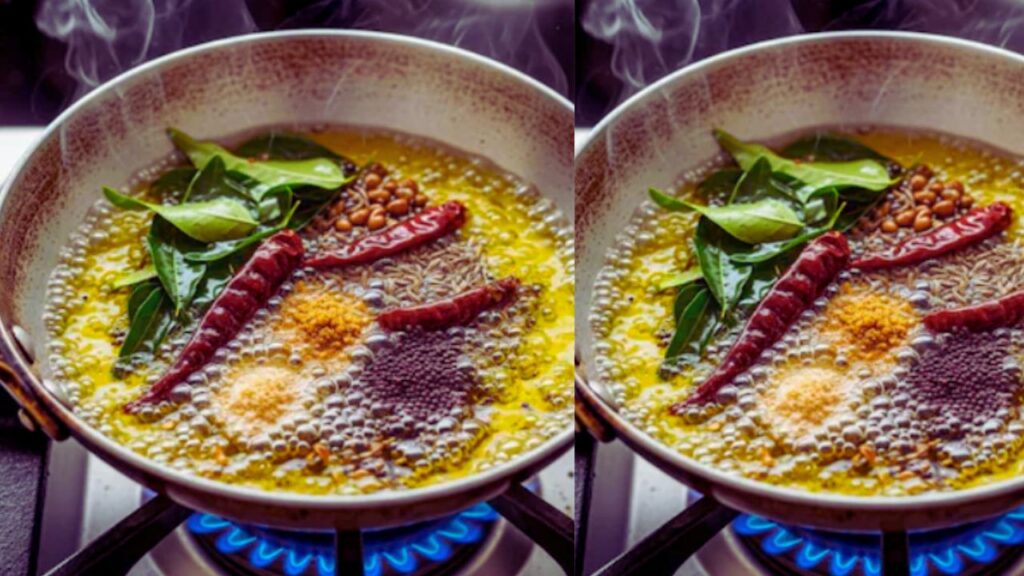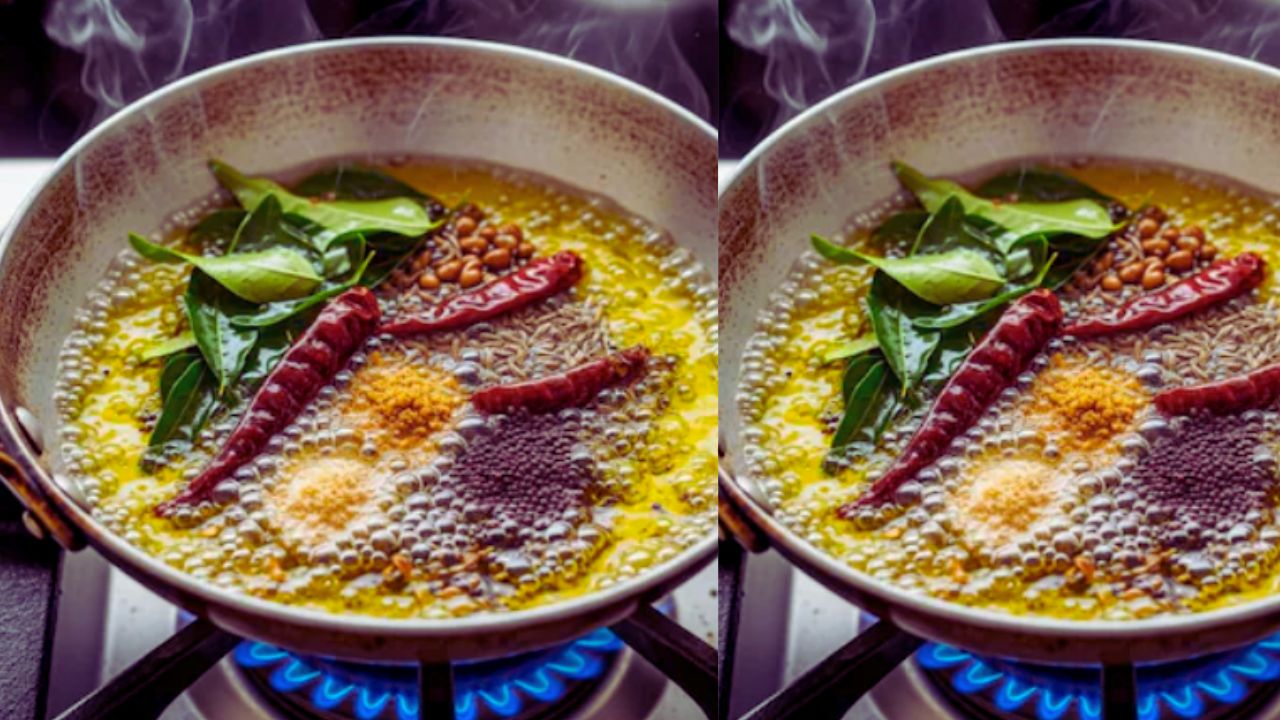Cracking the Tadka Code: The Right Order to Add Spices (And Why It Changes Everything)
The sizzle, the aroma, the burst of flavour — nothing screams Indian cooking like a perfectly done tadka. Whether it’s daal, sabzi, or khichdi, this final flourish of tempered spices elevates even the simplest dish to something extraordinary. But did you know that the order in which you add your spices during tadka can make or break your dish?
Tadka (also known as tempering or chaunk) is not just a technique — it’s a science. Each spice reacts differently to heat, and understanding their burning points, flavour release timing, and fat solubility is crucial to getting the most out of them.
Here’s a breakdown of the ideal order to add spices in tadka and why it matters so much.
Step 1: Choose the Right Fat
Before even adding spices, start with the right fat. Options include:
- Ghee: Rich and aromatic, great for daals and North Indian dishes
- Mustard oil: Perfect for pungent, robust Eastern Indian and Bengali flavours
- Vegetable oil or sunflower oil: Neutral base, widely used in everyday cooking
- Coconut oil: Favoured in South Indian cuisine
Heat the oil until it’s hot but not smoking. Overheated fat can destroy spice flavours instantly.
Step 2: Add Whole Spices First (Longer Cooking Time)
These are the spices that require longer to release their oils and flavour:
- Mustard seeds: Let them pop completely before moving on
- Cumin seeds: Sizzle until they darken slightly and release aroma
- Fennel seeds: Mildly sweet and delicate — don’t let them burn
- Fenugreek seeds: Bitterness intensifies quickly if overcooked
- Cloves, cinnamon, cardamom, bay leaves: Release essential oils into the fat slowly
Why First?
Whole spices need higher heat and more time to bloom in the oil. They infuse the fat, which acts as the flavour delivery system for the entire dish.
Step 3: Add Aromatics Next (Medium Cooking Time)
Once the whole spices are sizzling and aromatic, it’s time for:
- Curry leaves
- Dried red chillies
- Hing (asafoetida)
- Crushed garlic or ginger (if used at this stage)
Why Now?
These ingredients don’t need much time, and they can burn fast. They add distinct fragrance and background notes to the oil, creating a base for the rest of the flavours to layer on.
Tip: If using hing, add just a pinch — and only when the oil isn’t too hot. Over-fried hing turns bitter.
Step 4: Add Ground Spices Last (Quick Cooking Time)
These include:
- Turmeric powder
- Red chilli powder
- Coriander powder
- Garam masala
- Cumin powder

Why Last?
Ground spices burn quickly and can become bitter if overcooked. They’re best added at the lowest heat, or even off the flame, with a splash of water to prevent scorching.
You can either:
- Add them directly to the tadka at low heat for just a few seconds
- Or add them directly into the dish being cooked (especially for wet gravies or dals)
Note: Chilli powder burns faster than you can blink. Always lower the heat or switch off the flame before adding it to tadka.
Why The Order Matters
Adding spices in the right order affects:
- Flavour Balance: Each spice releases different oils and compounds at different temperatures. The wrong order can lead to overpowering or burnt flavours
- Aroma Development: Tadka is all about aromatics. Burning even one element can dull the fragrance of your dish
- Digestibility: Spices like mustard seeds and fenugreek become easier to digest once properly tempered
- Visual Appeal: Overcooked spices can darken or clump, ruining the final look of your dish
Bonus: Reverse Tadka (Southern Style)
In many South Indian dishes like rasam and sambar, the tadka is added after the dish is cooked — sizzling it separately and pouring it over the top. In this case, the order still matters to maintain texture and flavour contrast.
Summary: The Golden Order of Tadka
- Heat oil or ghee
- Add whole spices (cumin, mustard, bay leaves, etc.)
- Add aromatics (hing, curry leaves, garlic, dry chillies)
- Add powdered spices (turmeric, chilli, masalas) carefully, on low heat or off the flame
A well-executed tadka doesn’t just add flavour — it transforms a dish. Understanding the chemistry behind when and how to add your spices gives you the power to control heat, aroma, and taste like a pro. Next time you’re at the stove, remember — it’s not just cooking, it’s spice alchemy.
Because in Indian kitchens, tadka isn’t just a step — it’s a signature.
